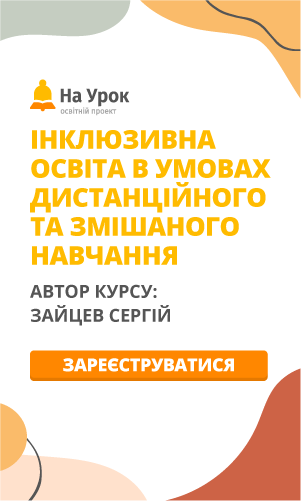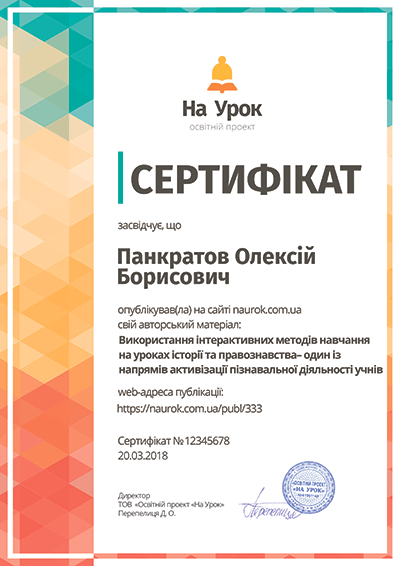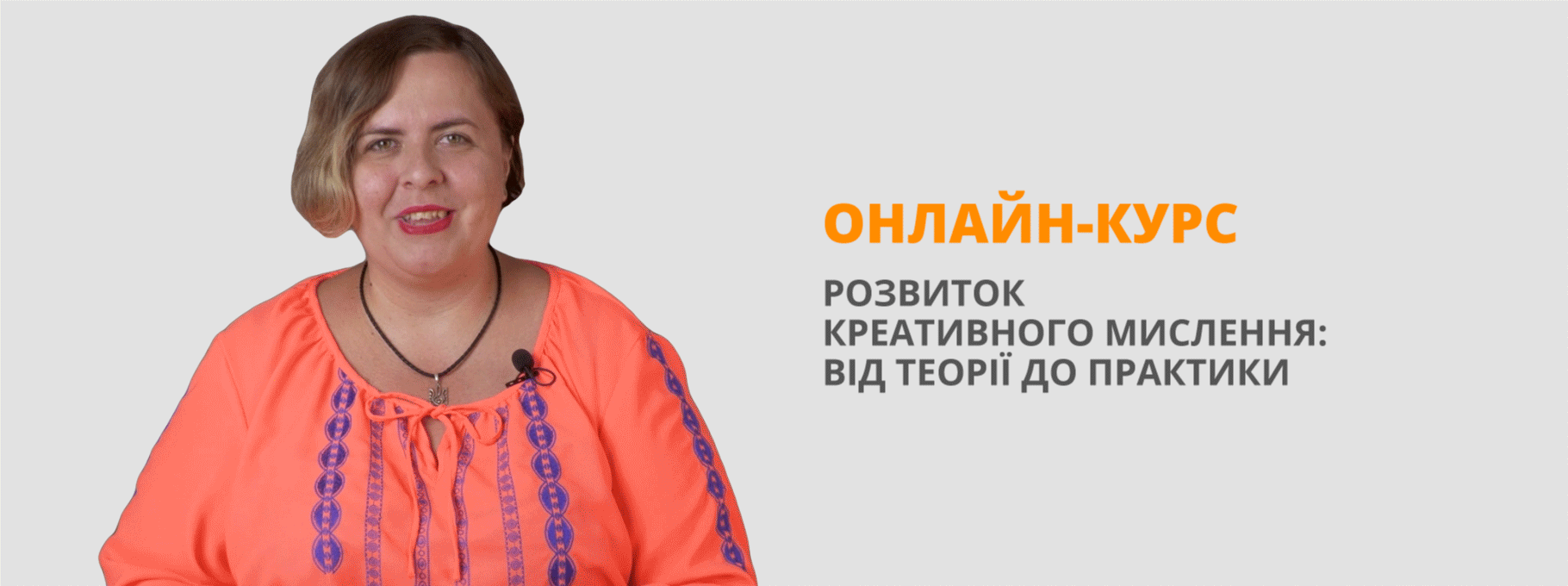Методична розробка уроку на тему "Seasons and Weather"
Mariia Zarichniak,
a teacher of English,
secondary school # 5,
Brovary
Kyiv region
Grade 3
Subject of the lesson: “Seasons and Weather”
Objectives: - to practise the active vocabulary (seasons and weather words)
- to identify and describe the picture
- to revise 12 months of the year
- to develop pupils’ writing, reading, listening and speaking skills
Materials: Blackboard; “Weather and Season” Flash cards; a thermometer; a CD player; a CD with the recording of the song; Way Ahead 3: Pupil’s Book; handouts.
Timing: 40 mins
Procedure
I. Introduction
1.Greeting:
T: Good morning, children!
Ps: Good morning, teacher!
T: How are you today!
Ps: Thank you, we are fine!
T: I’m glad you are fine. You look happy today. Do you like today’s weather?
Ps: Yes, we do.
T: So, let’s start our lesson with a song.
Weather Song
Nice and sunny
Nice and warm
The weather’s nice today.
Look at the sun, look at the sky
The weather’s nice today.
Nice and sunny
Nice and warm
The weather’s nice today.
Look at the sun, look at the sky
The weather’s nice today.
Thunder! Lightning!
Look at the sky!
The weather’s bad today.
Foggy, windy, stormy, cold
The weather’s bad today.
Listen to the thunder!
Look at the lightning!
The weather’s bad today.
Foggy, windy, stormy, cold
The weather’s bad today.
T: Today at the lesson we’ll write, read, listen, speak and describe the pictures about the weather and seasons.
2. Phonetic drill
T: But first let’s practice sounds [r] and [ei]
Rain, rain, go away,
Come again another day.
All the children want to play.
3. Warming-up
T: Tell me, please: ”What season is it now?”
P1: It’s spring.
T: How many months are there in a year?
P2: There are twelve months in a year.
From January to December
There are twelve months in a year.
T: What month is the first month of the year?
P3: January is the first month of the year.
T: What month is the second month of the year?
P4: February is the second month of the year.
T: What month is the third month of the year?
P5: March is the third month of the year.
T: What month is the 4th (5th, 6th, 7th, 8th, 9th, 10th, 11th, 12th) month of the year?
Ps: April is …….
T: So, there are twelve months in a year. Can you name them all.
Ps: January, February, March, April, May, June, July, August, September, October,
November, December.
II. Main part
1. Introducing the active vocabulary
T: I’m sure you know there are four seasons in a year and every season has different weather. But can you read and write season and weather words? So, let’s travel to the country where “Seasons and Weather” live and meet there friends.
Here they are. Repeat the following words after me: season, winter, spring, summer, autumn, weather, cool, cloudy, sunny, windy, rainy, snowy, foggy.
T: I think you know that every season has three months. Can you match four seasons to these groups of the months.
Ps: Yes, we can.
T: And now, please, answer my questions:
“What do we say about the weather when the wind is blowing?”
P1: We say: “It is windy.”
T: What do we say when the sun is shining?
P2: We say: “It is sunny.”
T: What do we say when it is raining?
P3: We say: “It is rainy.”
T: What do we say when it is snowing?
P4: We say: “It is snowy.”
T: What do we say when we can’t see anything in the street?
P5:We say: “It is foggy.”
T: What do we say when it is 20°C below 0°C ?
P6: We say: “It is cold.”
T: What do we say when it is about 0°C ?
P7: We say: “It is cool.”
T: What do we say when it is 20°C above 0°C ?
P8: We say: “It is warm.”
T: What do we say when it is 30°C above 0°C ?
P9: We say: “It is hot.”
2. Writing
T: Children, can you write?
Ps: Yes, we can.
T: Let’s write seasons and weather words.
(Cards for writing. Children will write the same on the blackboard when they are finished.)
a) Write the seasons b) Write the weather words
__________ is green
__________ is bright
__________ is yellow
__________ is white
3. Reading
T: Children, at the lesson we sang the song, wrote the words but we haven’t read yet. Let’s read the text from your PBs P93 Ex1 and answer the question: Which season is it?
Text A. It’s cold. We wear boots and gloves. There aren’t any leaves. Sometimes we can ice skate.
P1: It is winter.
Text B. It’s often warm. We can see flowers and baby animals.
P2: It is spring.
Text C. It’s hot! We can wear shorts and T-shirts. We can go to the beach and we can swim.
P3: It is summer.
Text D. It’s often cool. Some trees are brown or orange. We wear jackets.
P4: It is autumn.
4. Physical pause.
T: You look tired now. So, let’s have some physical pause. Please stand up and follow the instructions:
My hands upon my head I place,
On my shoulders, on my face.
Then I raise them up and high,
And my fingers quickly fly.
Then I put them in front of me
And gently clap them – one, two, three.
T: Please take your seats.
5. Listening
T: Now children, let’s do Ex2 from your PBs P93. First look at the pictures. What can you
see in these pictures?
P1: We can see four seasons: spring, summer, autumn and winter.
T: What are the children doing?
P2: The children are learning about the seasons in England.
T: So, let’s listen to them. While listening point to each child as s|he speaks.
Script
Voice: The children are learning about the seasons in England.
Teacher: It’s spring. It’s often warm in spring.
Emma: It’s often warm in spring and we can play in the park. In spring there are lots of flowers. We can see baby animals.
Sam: It’s often hot in summer. Sometimes it’s very hot. We can wear shorts and T-shirts. We can go to the beach and we can swim.
Ned: It’s often cool in autumn. Many trees aren’t green. The leaves are brown and yellow and orange. We wear jackets and hats.
Becky: It’s often cold in winter. Sometimes it’s very cold. There aren’t any leaves on the trees. Sometimes there’s ice on the river and we can ice skate.
T: And now listen again. While listening do your task on your cards, write V or X
next to the sentences. You may read them silently before listening.
Listening card
Listen again. Write V or X
1. It’s often cold in summer. □
2. The leaves are brown and yellow in autumn. □
3. We can ice skate in spring. □
4. We can wear shorts and T-shirts in summer. □
5. It’s often hot in winter. □
T: So, are you finished? Let’s check it.
6. Speaking
T: I think it’s time to work in pairs and have some speaking activity. You’ll be given some pictures on the topic “Weather”. Each of you will ask and answer the question: What is the weather like in your picture? – It is……
So, let’s do it in pairs.
III. Conclusion
1. Giving the home task
T: Our lesson is coming to the end. Write down your home task:
a) Take a sheet of paper, divide it into four parts and draw four pictures: spring, summer, autumn and winter. Next time you’ll describe your pictures.
b) Revise the words.
2. Summing-up
T: So, you worked hard today. What did you learn at the lesson?
P: We learned how to describe the weather. We revised 12 months of the year. We used the words about seasons and weather.
3. Marks
T: Your marks are as follows….
It’s nearly all for today. Would you like to sing our “Weather song” again.
T: So, whatever the weather is you should always be healthy, wealthy and happy. Goodbye children.
Ps: Goodbye our teacher.


про публікацію авторської розробки
Додати розробку
